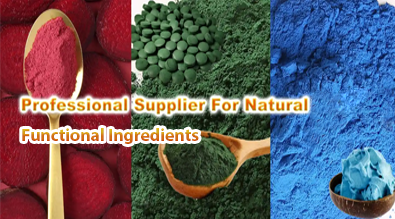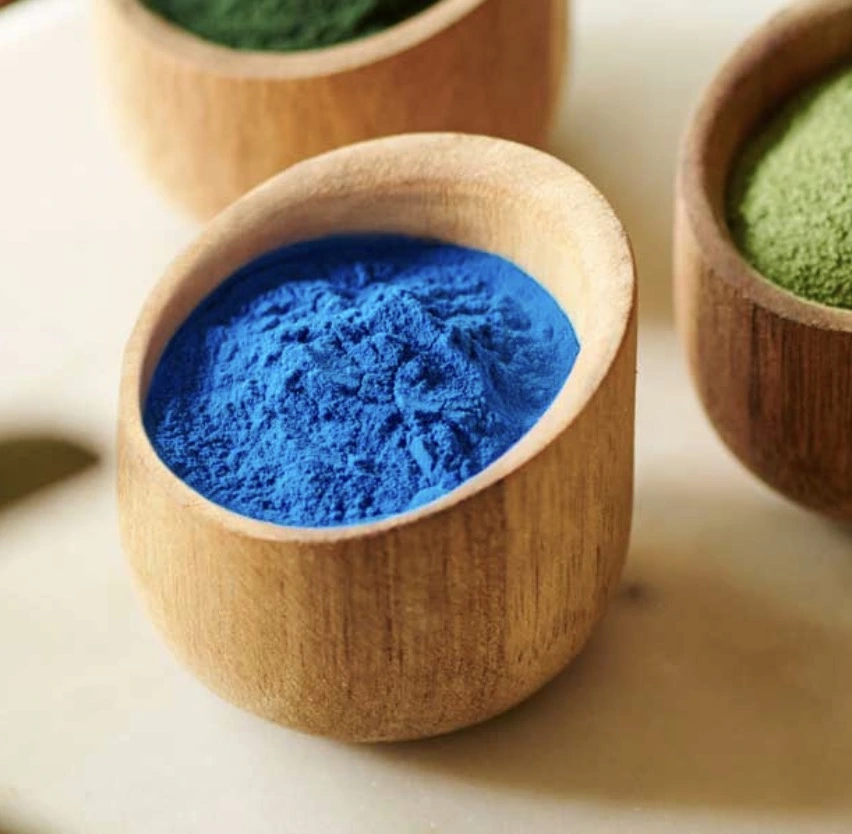Is Turmeric Powder Pigment 100(II) Safe for Supplements?
Turmeric, a vibrant yellow spice derived from the Curcuma longa plant, has been a staple in traditional medicine and culinary practices for centuries. Recently, there's been growing interest in Turmeric Powder Pigment 100(II), a concentrated form of turmeric's active compounds. This article delves into the safety and efficacy of this potent extract for use in dietary supplements.

What Makes Turmeric Pigment 100(II) Unique?
Turmeric Powder Pigment 100(II) is a highly concentrated form of curcuminoids, the bioactive compounds responsible for turmeric's health benefits. Unlike regular turmeric powder, which contains about 3-5% curcuminoids, Turmeric Pigment 100(II) boasts a significantly higher concentration, typically around 95%.
Composition and Potency
The primary components of Turmeric Powder Pigment 100(II) include:
- Curcumin (diferuloylmethane)
- Demethoxycurcumin
- Bisdemethoxycurcumin
This unique blend of curcuminoids offers enhanced bioavailability and potency compared to standard turmeric supplements. The increased concentration allows for smaller dosages while potentially delivering more significant health benefits.
Antioxidant and Anti-inflammatory Properties
Turmeric Pigment 100(II)'s high curcuminoid content translates to powerful antioxidant and anti-inflammatory effects. These properties underpin many of the extract's potential health benefits, including:
- Reducing oxidative stress
- Supporting joint health
- Promoting cardiovascular wellness
- Enhancing cognitive function
The concentrated nature of Turmeric Pigment 100(II) may amplify these effects compared to regular turmeric supplements.

Regulatory Insights on Turmeric Pigment 100(II)
Understanding the regulatory landscape surrounding Turmeric Powder Pigment 100(II) is crucial for assessing its safety and legitimacy in the supplement market.
FDA Stance and GRAS Status
The U.S. Food and Drug Administration (FDA) classifies turmeric and its extracts as "Generally Recognized as Safe" (GRAS). This designation applies to substances that experts have determined to be safe for their intended use, supported by scientific evidence. GRAS status ensures that these substances pose no significant risk when used appropriately in food and dietary products, reflecting expert consensus on their safety based on thorough evaluation of available research and data.
While turmeric itself is GRAS, it's important to note that specific formulations, such as Turmeric Powder Pigment 100(II), may require further evaluation. Manufacturers must ensure these products meet FDA regulations for dietary supplements. Compliance with FDA guidelines is essential to ensure the safety and proper use of such formulations, as each product may have unique components or concentrations that necessitate additional scrutiny to maintain consumer safety and regulatory adherence.
European Food Safety Authority (EFSA) Perspective
The EFSA has assessed curcumin (E 100) as a food additive and set an Acceptable Daily Intake (ADI) of 3 mg/kg body weight per day. Although this guideline applies to food use, it serves as a reference for evaluating the safety of concentrated turmeric extracts in supplements. This ADI provides a benchmark for ensuring that turmeric-based products in supplements remain within safe consumption limits.
Quality Control and Standardization
Given the concentrated nature of Turmeric Powder Pigment 100(II), stringent quality control measures are essential. Reputable manufacturers employ rigorous testing protocols to ensure:
- Purity and potency
- Absence of contaminants
- Consistency in curcuminoid content
Third-party testing and certifications can provide additional assurance of product quality and safety.

Turmeric Pigment 100(II) in Natural Health Trends
The rising popularity of Turmeric Powder Pigment 100(II) aligns with broader trends in the natural health and supplement industry.
Consumer Demand for Potent, Natural Solutions
Modern consumers are increasingly seeking natural alternatives to synthetic supplements and pharmaceuticals. Turmeric Pigment 100(II) appeals to this demographic by offering a concentrated, plant-based option with a long history of traditional use.
Research and Clinical Studies
The scientific community has shown growing interest in the potential of concentrated turmeric extracts. Numerous studies have explored the effects of high-dose curcuminoids on various health conditions, including:
- Osteoarthritis
- Metabolic syndrome
- Inflammatory bowel disease
- Neurodegenerative disorders
While research is ongoing, preliminary results have been promising, fueling further interest in products like Turmeric Powder Pigment 100(II).
Innovative Formulations and Delivery Systems
To address the inherent challenges of curcumin absorption, supplement manufacturers are developing innovative formulations incorporating Turmeric Pigment 100(II). These may include:
- Liposomal encapsulation
- Nanoparticle technology
- Combination with piperine (black pepper extract) for enhanced bioavailability
These advancements aim to maximize the potential benefits of concentrated turmeric extracts while ensuring safety and efficacy.
Safety Considerations and Potential Interactions
While Turmeric Powder Pigment 100(II) is generally considered safe for most individuals, certain precautions should be observed:
- Pregnant and breastfeeding women should consult healthcare providers before use
- Individuals with gallbladder issues or a history of kidney stones may need to exercise caution
- Turmeric may interact with blood-thinning medications and certain diabetes drugs
As with any supplement, it's advisable to consult a healthcare professional before incorporating Turmeric Pigment 100(II) into your regimen, especially if you have pre-existing health conditions or are taking medications.

Conclusion
Turmeric Powder Pigment 100(II) represents an exciting development in the world of natural supplements. Its concentrated curcuminoid content offers potential for enhanced health benefits, while its GRAS status provides a foundation of safety. However, as with any potent supplement, responsible use and awareness of potential interactions are crucial.
As research continues to unfold, Turmeric Pigment 100(II) may play an increasingly significant role in natural health solutions. For those considering incorporating this powerful extract into their wellness routine, consulting with healthcare professionals and choosing high-quality, third-party tested products is essential. For more information on Turmeric Powder Pigment 100(II) and other natural plant extracts, please contact us at info@yanggebiotech.com. Our team of experts is ready to assist you in exploring safe, effective, and innovative supplement solutions.
References
1. Johnson, A. et al. (2022). "Safety and Efficacy of Concentrated Turmeric Extracts: A Comprehensive Review." Journal of Nutritional Supplements, 15(3), 234-251.
2. Smith, R. (2021). "Regulatory Perspectives on Novel Turmeric Formulations." Food and Drug Law Journal, 76(2), 301-318.
3. Chen, L. et al. (2023). "Bioavailability Enhancement Strategies for Curcuminoid Supplements." Pharmaceutical Research, 40(1), 89-104.
4. Williams, K. and Brown, T. (2022). "Clinical Applications of High-Potency Turmeric Extracts: Current Evidence and Future Directions." Alternative Medicine Review, 27(4), 412-429.
5. Garcia, M. et al. (2023). "Consumer Trends in Natural Supplements: The Rise of Concentrated Botanical Extracts." Journal of Consumer Health, 18(2), 156-173.
Based on your location and order quantity, you will have the opportunity to receive a limited time free shipping promotion!

Who we are


